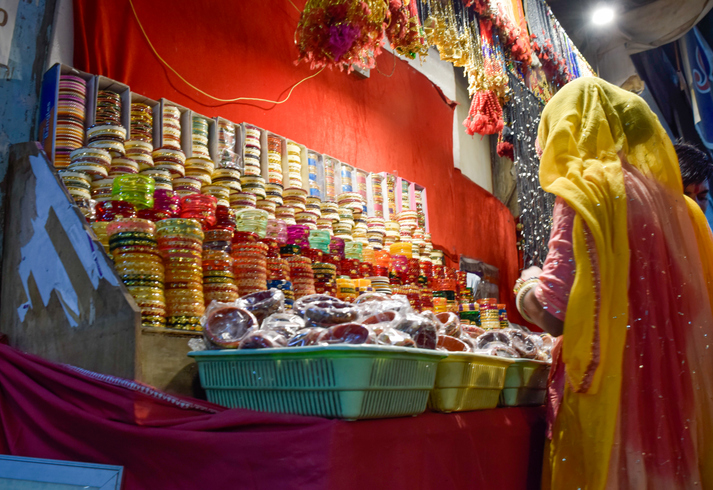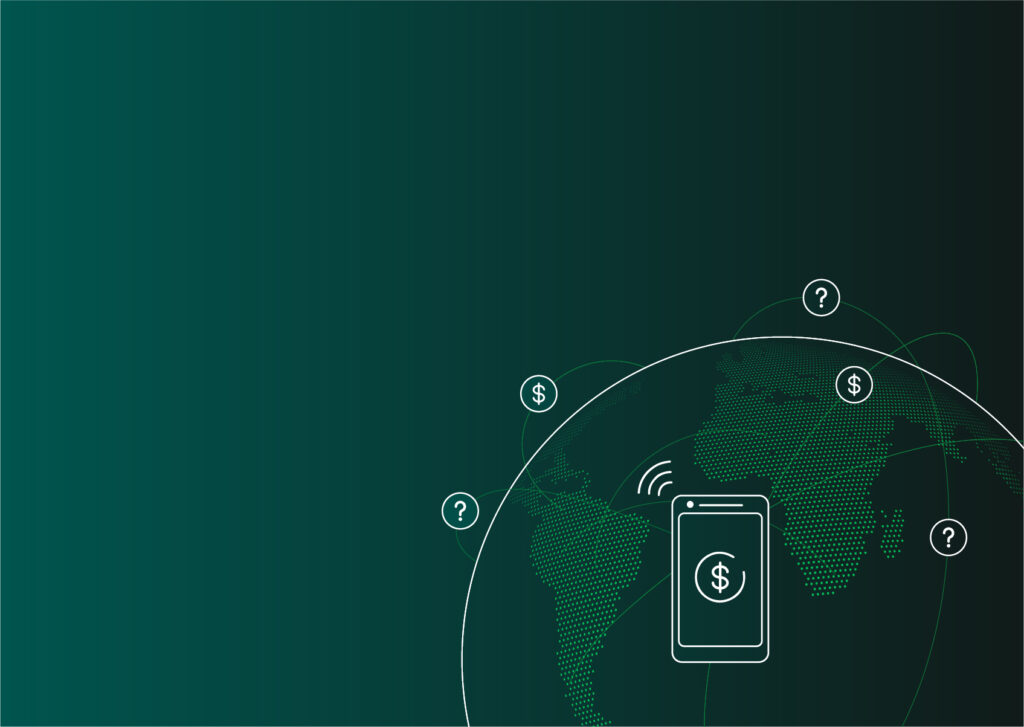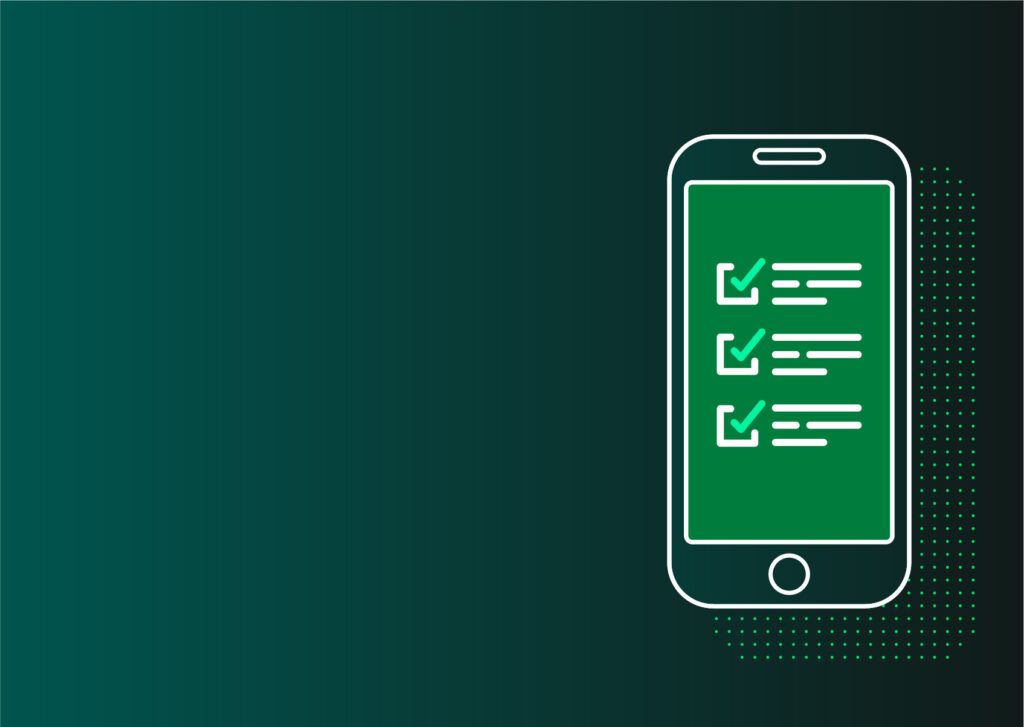
A recent headline asked, “Is COVID the ‘Big Bang’ of Digital Payments?” With the release of GSMA’s State of the Industry Report on Mobile Money 2021, it’s safe to answer that question in the absolute affirmative, certainly as it pertains to mobile money.
With over 1.2 billion registered accounts across 96 countries, mobile money providers became an integral part of the national COVID-19 response in many markets, offering a safe, socially distanced channel to disburse pandemic relief payments to the public quickly, securely, and efficiently.
The growth in mobile money last year was remarkable: 136 million accounts were added in 2020 alone, a 13 percent growth rate, and of the 1.2 billion accounts total, over 300 million are monthly active users, up 17 percent. To put this in perspective, it took the industry a decade to reach 100 million active users; in under 5 years, this figure tripled. Transactions were valued at $767 billion last year — up 22 percent — with over $2 billion being processed every day. December 2020 alone saw more than $70 billion in transactions. (Compare these figures to the IMF’s provisional estimates of 2020 GDP growth, showing a drop of 4.4 percent worldwide and a drop of 3.3 percent in emerging economies.)
What’s particularly important to note is that mobile money transactions have firmly moved well beyond their origins in peer-to-peer (P2P) transfers and bill payments. Services such as salary disbursements, social transfer payments, savings, credit, insurance, and international remittances are now widely available across the mobile money ecosystem. (In 2020, over $1 billion per month in international remittances was processed, an increase of 65 percent from the previous year.)
Mobile money transactions have firmly moved well beyond their origins in peer-to-peer (P2P) transfers and bill payments.
Besides being a good news story for the mobile money industry, this is important for another reason. The 2020 pandemic allowed the industry to showcase two of its most important strengths: its strong understanding of hyper-local markets, and its nimble ability to establish strong local partnerships with both government and humanitarian organizations. It’s not unreasonable to say that many governments would not have achieved their COVID support goals without the partnership of mobile money providers. And the benefit was two way: the mobile money industry registered its fastest growth in countries where the governments provided the most pandemic relief.
As CFI noted in its recent policy report on social payments during COVID, governments worldwide turned to supplemental cash transfers as a key policy instrument to offset the loss of income of their citizens during the pandemic. Key challenges in disbursing these payments arose around the fact that many needy recipients, especially low-income households, recently unemployed workers, and small enterprises, were not listed in existing government databases and did not have bank accounts. As a result, governments needed to find ways to quickly identify eligible recipients for the payments, simplify the customer due diligence requirements to onboard them, and employ all possible channels for disbursing the funds — and do all this while maintaining social distance.
Mobile money providers proved to be critical players in this effort. Not only could they disburse funds, but they were able to use SIM registration information for identification requirements, their location data was able to help pinpoint users in particularly needy areas, and their 5.2 million worldwide agents could support users in their local communities. They were also able to quickly ramp up mobile application development for COVID apps and establish partnerships with governments and financial service providers to identify and sign up recipients.
Financial regulators played an important role in enabling these partnerships by introducing a lot of flexibility around the normal rules for mobile money provision, according to the CFI report. Besides waiving the transaction fees and value limits for mobile money payments, they allowed for greater flexibility around KYC and customer onboarding, making it easier to quickly sign up customers. In many markets, they included mobile money service providers and their agents in the list of essential services, which was critical to keeping them open.
Assessing Progress
Going forward, it’ll be important for policymakers and regulators to assess how well all these measures worked, not just to be ready for the next emergency, but to determine what measures can stay in place to support consumers going forward. Some countries — Ghana, for example — are already considering keeping the higher transaction limits, especially for SMEs. Others are looking to keep the lower KYC requirements for very basic low-value accounts. By the same token, regulators need to assess how necessary it was to waive all user fees for an extended period; financial service providers, including mobile money providers, can only continue to support governments if they remain viable businesses. Regulators might also consider how to support any liquidity needs that mobile money providers may have in emergencies.
Overall, the COVID pandemic of 2020 has demonstrated the critical need for universal access to financial services. Financial inclusion has aroused growing interest among most governments over the last decade or so. But it has often been overlooked when discussing priorities such as national economic growth, health, education, and trade, even though it often has a direct bearing on those issues. Last year has shown us clearly that reaching consumers in times of need, through digital financial services, is a critical tool in addressing all manner of issues, both emergency and otherwise.
Mobile money is no longer an afterthought in financial services, but a key element of a comprehensive financial ecosystem.
Last year also clearly demonstrated that mobile money is no longer an afterthought in financial services, but a key element of a comprehensive financial ecosystem. Many low-income users knew this already, and now policymakers and regulators do, too.









